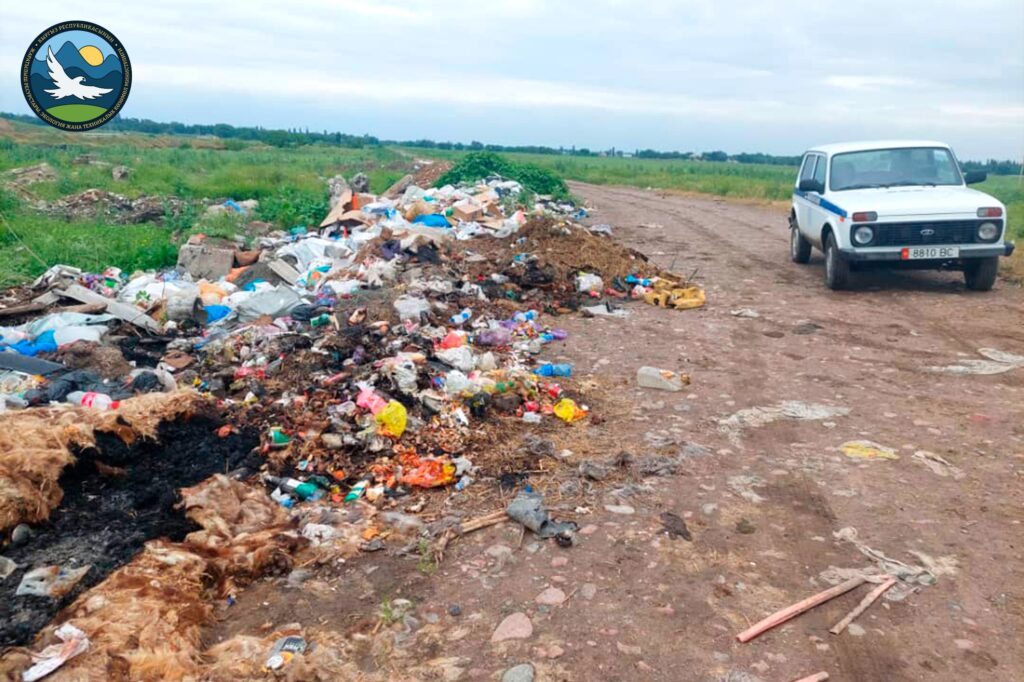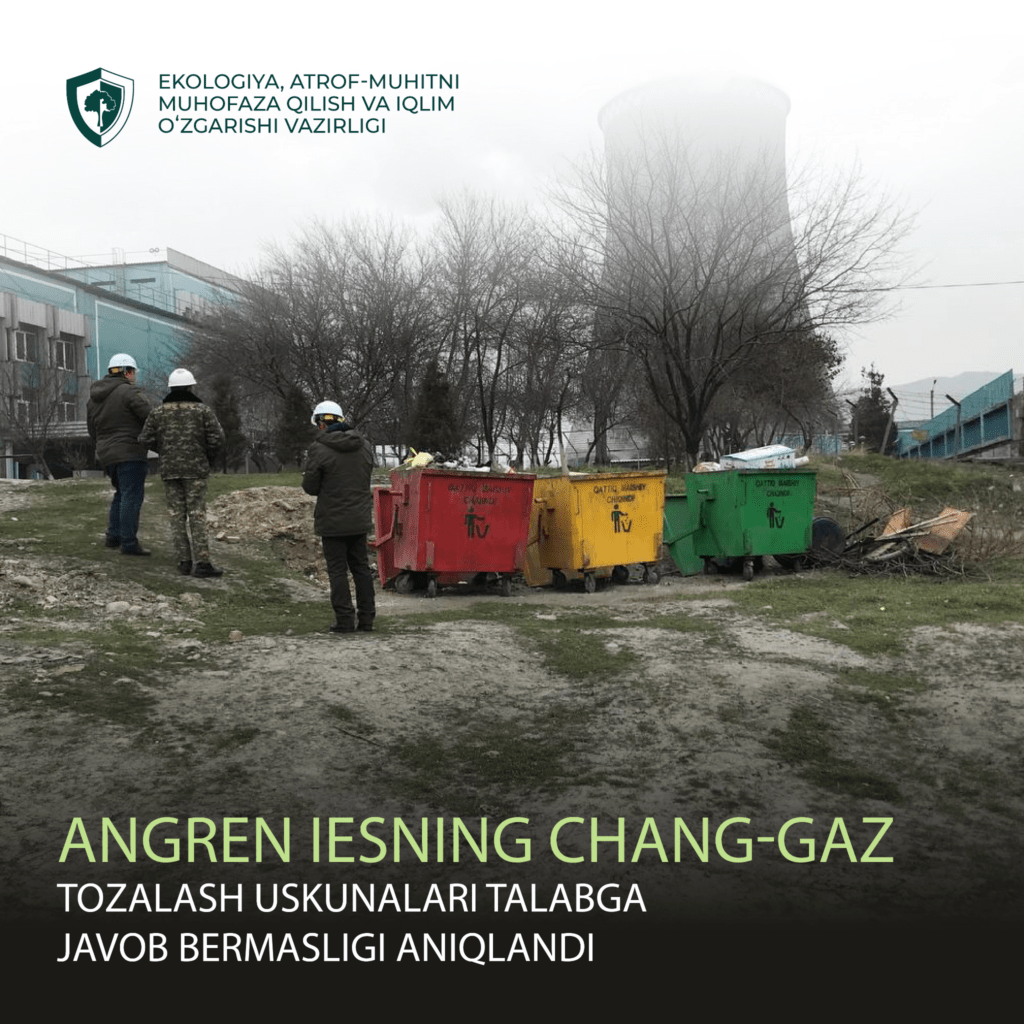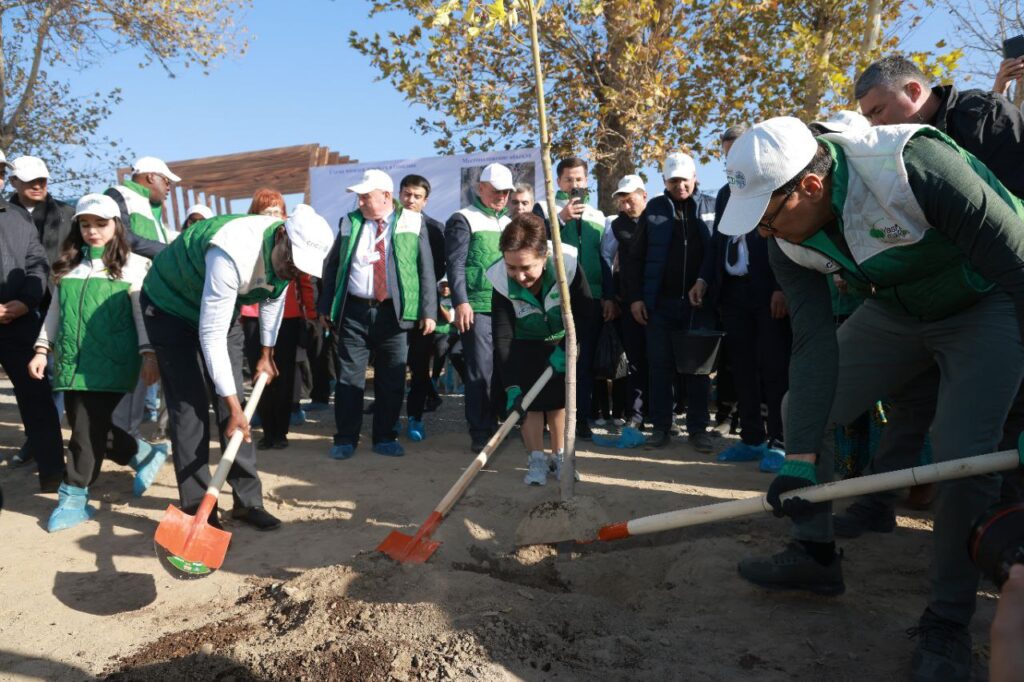In the morning on the 25th of January in Tashkent, the level of air pollution by PM2.5 particles was 21 times higher than the World Health Organization (WHO) recommended limit, reaching 104.8 µg/m3.
However, after the start of rain in the afternoon, there was a significant improvement in air quality, moving it from the “harmful” to the “medium” category, and the PM2.5 indicator decreased to less than 30 µg/m3.
Rain helps improve air quality for several reasons. First, it helps clean particles and pollutants from the atmosphere by depositing them on the earth’s surface through the process of atmospheric deposition, where rain drops capture particles and carry them to the ground.
Rain also dilutes pollutants in the atmosphere, which reduces their concentration. It can also chemically interact with some pollutants, helping to remove them from the air.








